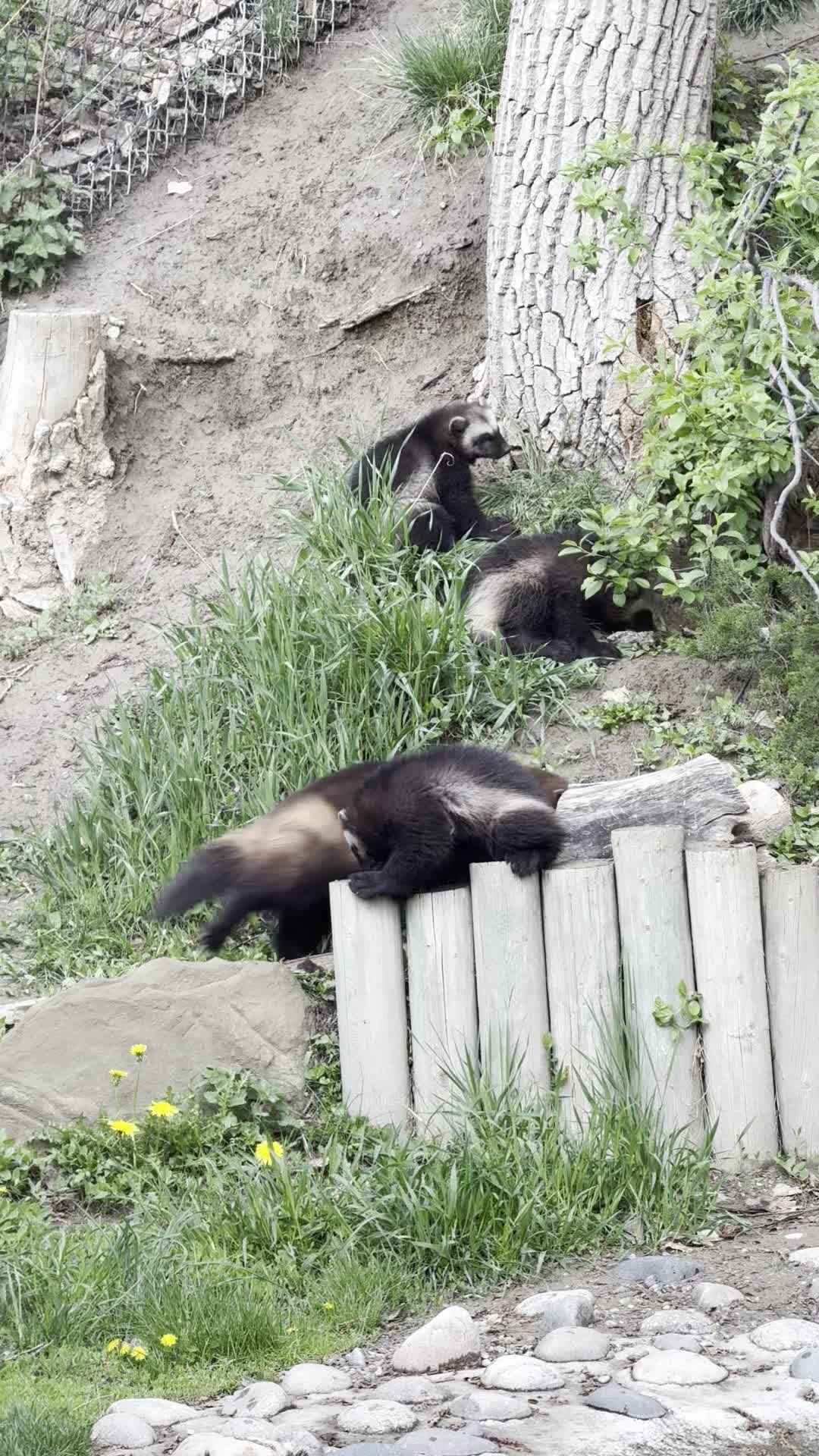- Transition to summer hours at the zoo and its implications for visitors and staff.
- Impact of seasonal changes on animal behavior and care.
- Importance of zoos for education, conservation, and research.
- Strategies for wildlife conservation and the role of modern zoos.
- Integration of technology in enhancing visitor experience and animal welfare.
As the calendar flips to May 1st, zoos across many regions adjust their schedules, marking the transition into summer hours. This change not only affects logistical operations but also influences the enrichment experiences of both animals and visitors. Extending visiting hours allows more people to engage with the diverse array of wildlife housed within these sanctuaries. Such transitions require careful planning, consideration of animal welfare, and enhanced staff coordination to maintain an optimal environment.
Seasonal changes provide new challenges and opportunities for zoo management. As temperatures rise, animals exhibit altered behaviors as they adapt to the longer daylight hours. Zookeepers must adjust feeding times and enrichment activities to suit these shifts. Understanding these patterns is crucial to ensuring the health and well-being of each species.
For instance, many reptiles become more active in warmer months, allowing visitors to observe behaviors that might otherwise remain hidden. Conversely, species native to colder climates may require additional cooling mechanisms or shade structures to prevent overheating. This dynamic nature requires zoos to blend scientific knowledge with practical adjustments, showcasing adaptability in environmental management.
Zoos play a pivotal role in environmental education and wildlife conservation. They serve as living classrooms, where visitors can learn about biodiversity, ecosystems, and the pressing need to conserve threatened species. Educational programs are designed to engage diverse audiences, from schoolchildren to researchers, highlighting the collaborative efforts necessary to protect our natural world.
Conservation initiatives undertaken by zoos extend beyond their borders. Many institutions are involved in global breeding programs that aim to bolster populations of endangered species. These efforts are instrumental in maintaining genetic diversity and ensuring species’ survival. By participating in international conservation networks, zoos contribute valuable data and expertise, enhancing global biodiversity preservation.
Modern zoos integrate cutting-edge technology to improve the visitor experience and advance conservation goals. Interactive exhibits, virtual reality experiences, and mobile applications provide nuanced insights into animal behavior and habitat needs. Technology also aids in scientific research, offering innovative tools for monitoring animal health and environmental conditions.
Furthermore, technology facilitates comprehensive data collection, assisting researchers in analyzing trends and making informed decisions. The implementation of real-time monitoring systems equips staff with the necessary information to react swiftly to any changes or challenges that may arise.
In summary, the transition into summer hours is a multifaceted process that reflects the dedicated effort of zoological institutions to balance visitor engagement with animal welfare. As educational and conservation hubs, zoos contribute significantly to the broader understanding of wildlife and the strategies needed to preserve it for future generations. Through ongoing innovation and collaboration, zoos continue to inspire and educate, fostering a deep connection between humans and the natural world.
*****
Source Description
It’s May first, which means we have officially transitioned into summer hours!
You now have the Zoo until 4 pm every day to watch these cuties🥰


